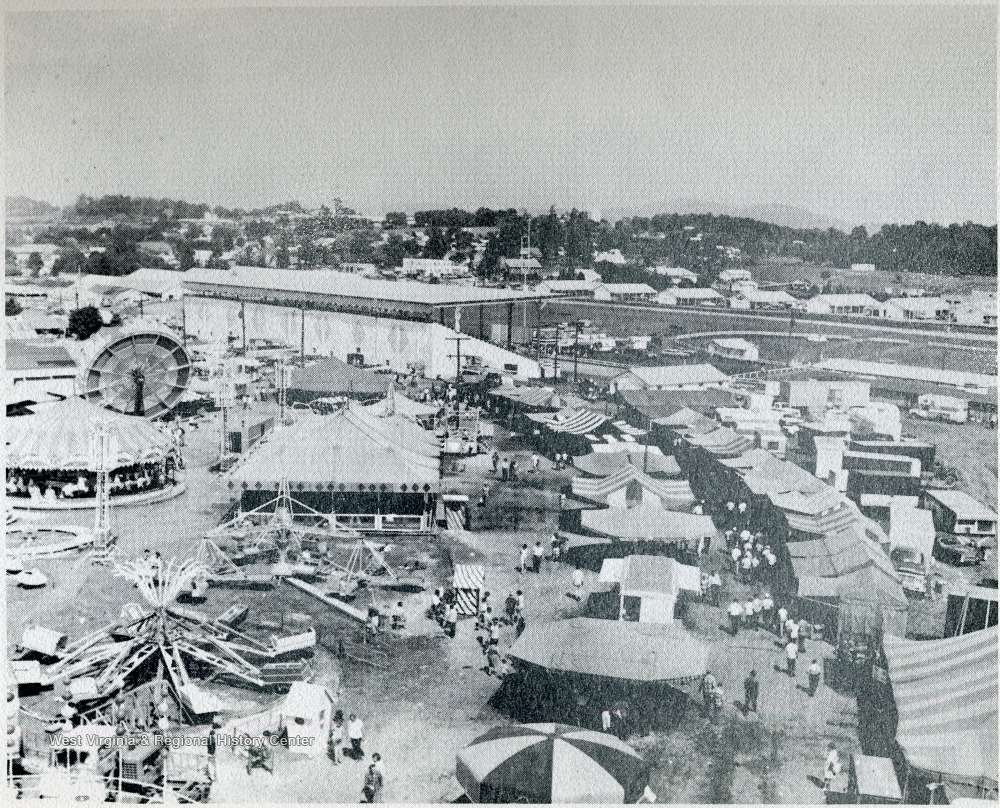100 West Virginia State Fairs, 170 Years of Tradition
While this is the 100th State Fair, many of its traditions go back before the Civil War
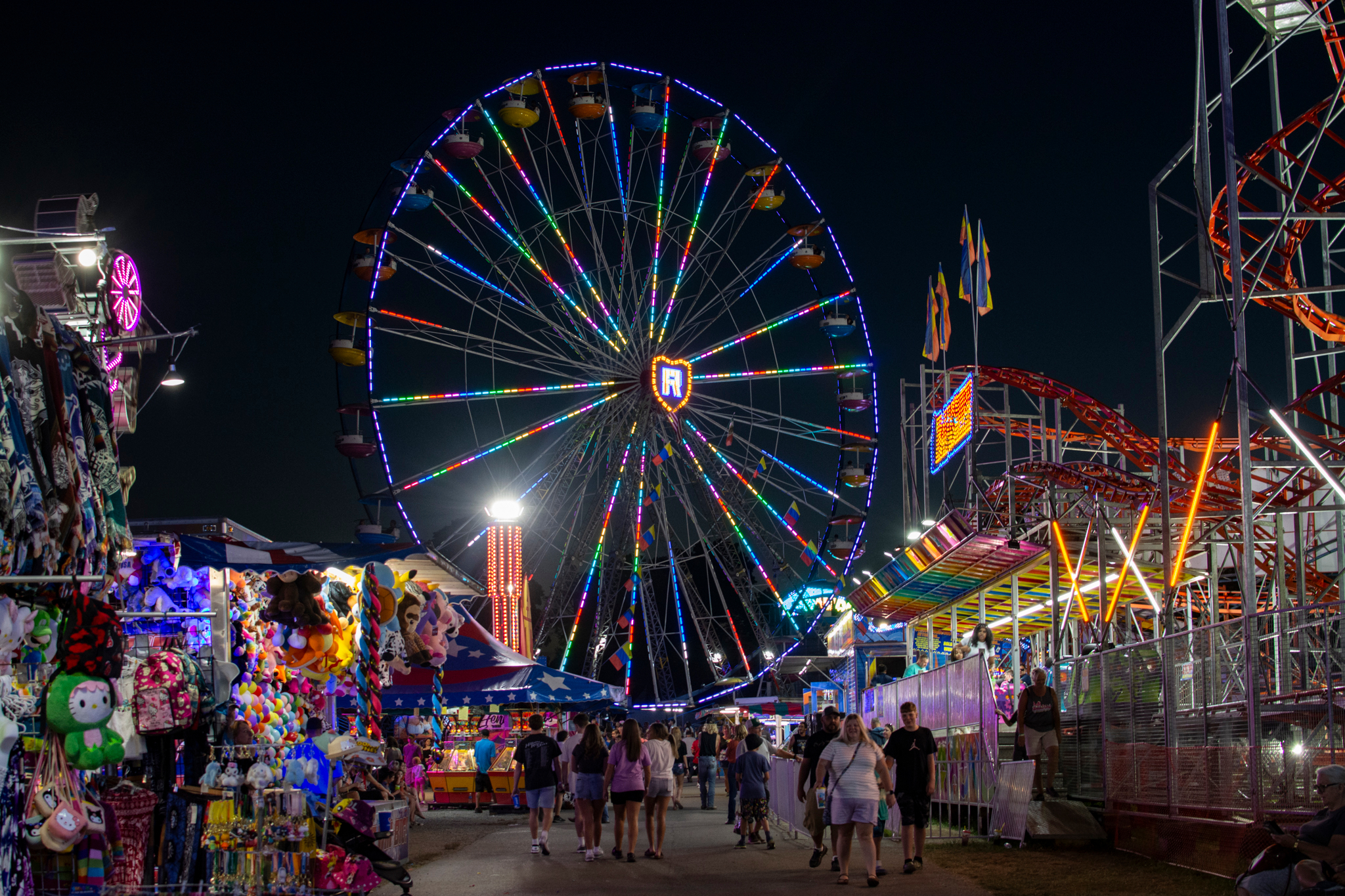
The roots of the State Fair of West Virginia date back to before the Civil War and before West Virginia became a state.
In 1854, the Greenbrier Agricultural Society organized its first agricultural fair in Greenbrier Valley, Virginia. Set on Mr. Nesmith’s Grove (about 150 ft from where the Lewisburg Methodist Church is today), locals brought out their finest produce, livestock, and homemade items to present to the public. This familiar setup carried on year after year and evolved to what we know as the State Fair of West Virginia.
Within four years of operating, the festival grew to be a sizable event. It started to attract displays to showcase new technology, such as the first sewing machine in the county, and more entries into competition categories. One of these entries included an iron-grey colt that would eventually become Robert E. Lee’s warhorse, Traveller. In a post-Civil War show, the “largest steer in the world” entered into one of the competitions. Weighing in at 4,450 pounds, no one argued against its claim.
In 1891, the fair, now going by the name “Greenbrier Valley Industrial Exposition,” introduced a new staple to the event—horse racing. With its new location, just south of Lewisburg, there was room to build a grandstand that fit 1200 people, where all could see the action on the half-mile length of track. A few years later, the organizers started aiding the fair’s ability to be an all-day event, setting aside time when everything was closed so that people could rest and enjoy a picnic meal before continuing with the day.
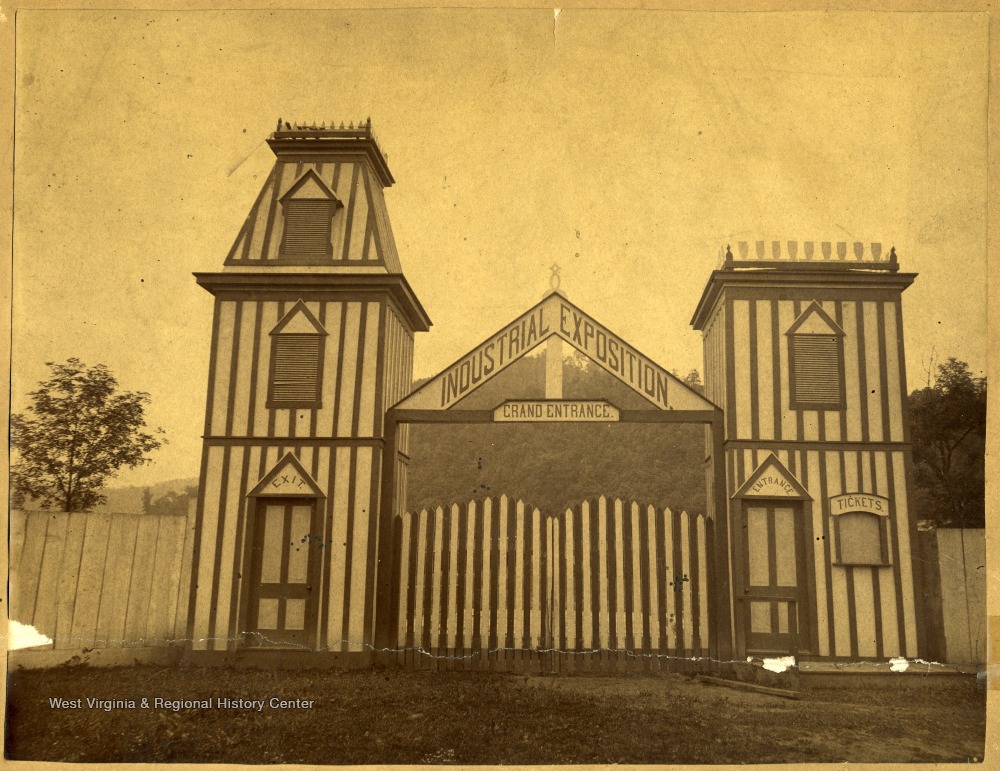
With already an established tradition of agricultural fairs in the region, on March 19, 1921, a group of local men incorporated and chartered the Greenbrier Valley Fair. The committee in charge of the fair purchased forty acres of land between Lewisburg and Ronceverte for $11,500. About a month later, teams of workers took up old rail lines and replaced them with the half-mile track that concert and event-goers use today.
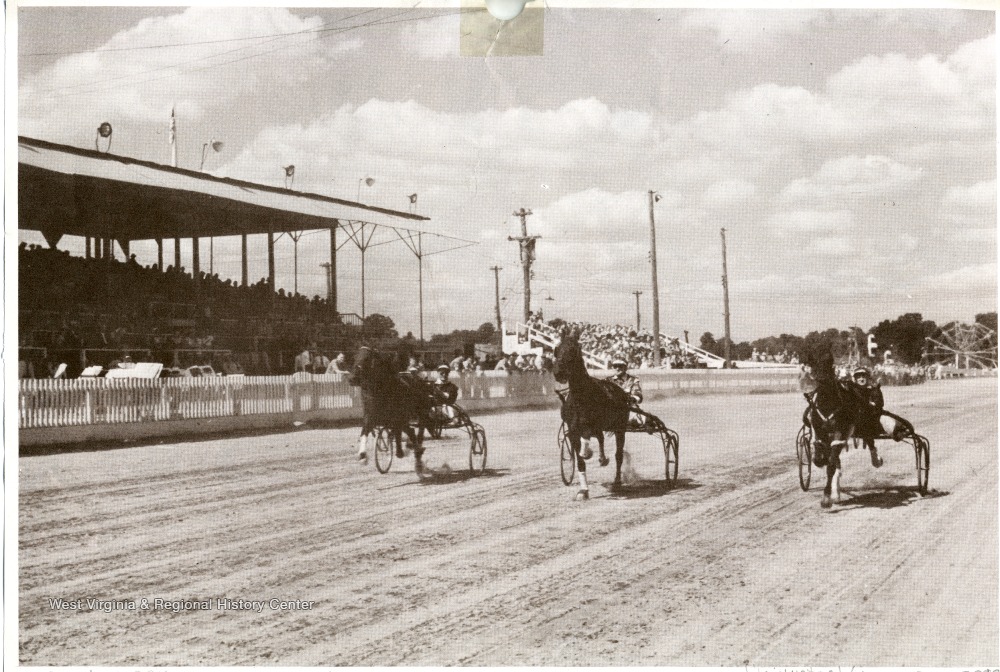
It wasn’t long before the fair became a community staple, which allowed for the construction of permanent buildings on the site to house livestock and exhibits. As the fair grew, it attracted more people from farther away. Traveling exhibitors had to take extra precautions with their crafts, goods, and livestock—especially since paved roads were rare in the area in the early 20th century.
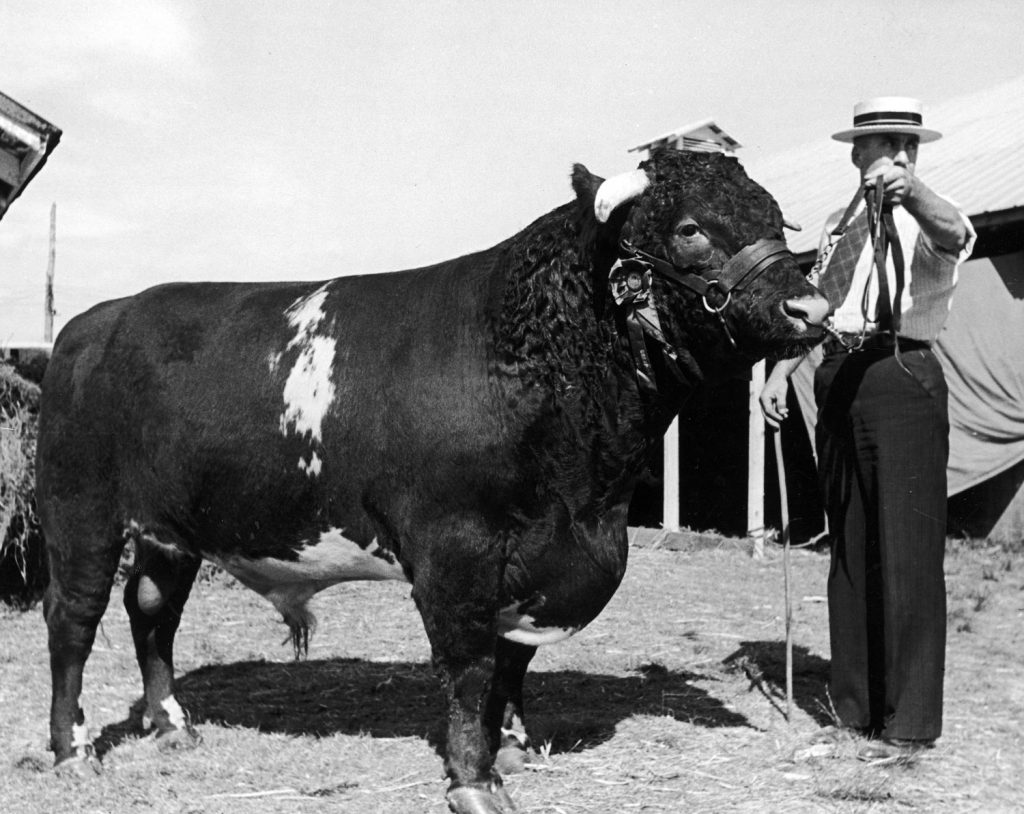
Not only were the crowds drawn from farther away, but the entertainment was too. Nationally renowned acts performed, such as Harry Wheadon, who walked a slack wire, the acrobatic Roza Rintz Trio, and Robin, the King of Comedy Jugglers. Each night ended with fireworks. Since it was such a big attraction, people started referring to the Greenbrier Valley Fair as just “the Fair.”
The fair’s reputation naturally transitioned to the State Legislature passing an act in 1941 declaring the Greenbrier Valley Fair to be the State Fair of West Virginia. However, the festival was only able to take place with its new name for one year. In December of 1941, the United States entered World War II, and in coordination to save resources for the war effort, the state government cancelled the State Fair of West Virginia in 1942, 1943, 1944, and 1945.
The State Fair of West Virginia resumed in 1946. Recovery was slow at first. At the time, there was a measles outbreak, so many families took the precaution of staying at home rather than risk their young ones contracting the disease.
A few years later, however, the fair began to boom. The fair purchased new land for more livestock buildings, and in the 1960s, the fair built a 6,000-seat grandstand to accommodate larger crowds and performances.
As we celebrate the 100th State Fair of West Virginia, it’s easy to step back in time as we continue the traditions that started well over 100 years ago. We still craft, we still bake, we still show off our livestock to earn ribbons and prizes. We still watch performances. We still come together to eat delicious food. We still marvel at giant wonders and new creations. Though these pastimes persist, there is still an eye to the future. The State Fair of West Virginia is rooted in tradition, but looks to the horizon for new opportunities.
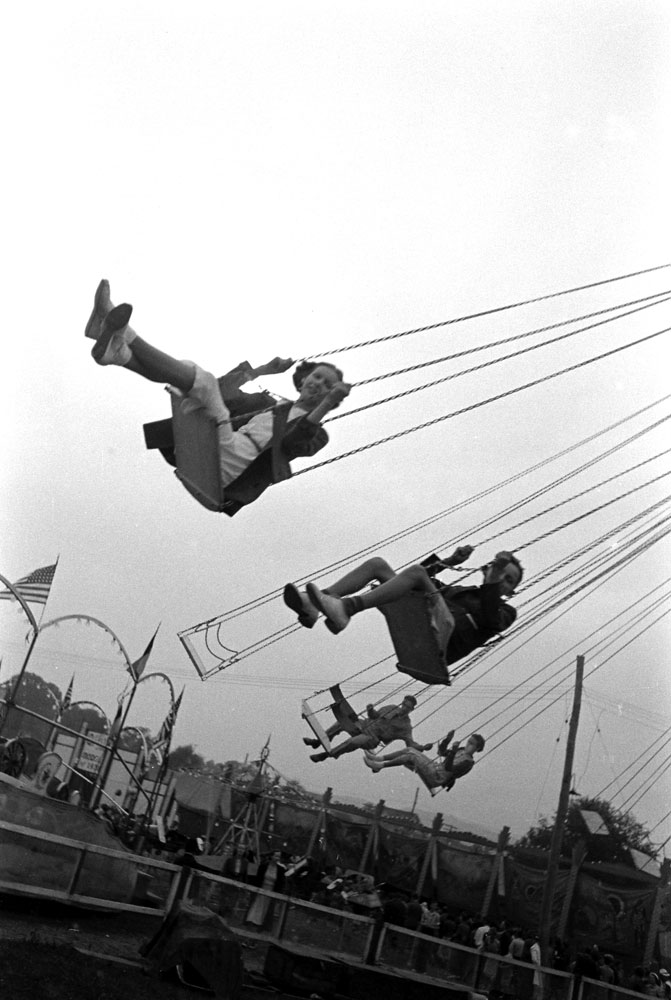
Source: “First Greenbrier County Fairs,” The State Fair of West Virginia, https://statefairofwv.com/wp-content/uploads/2024/08/Early-fairsandstatefairhistory.pdf

